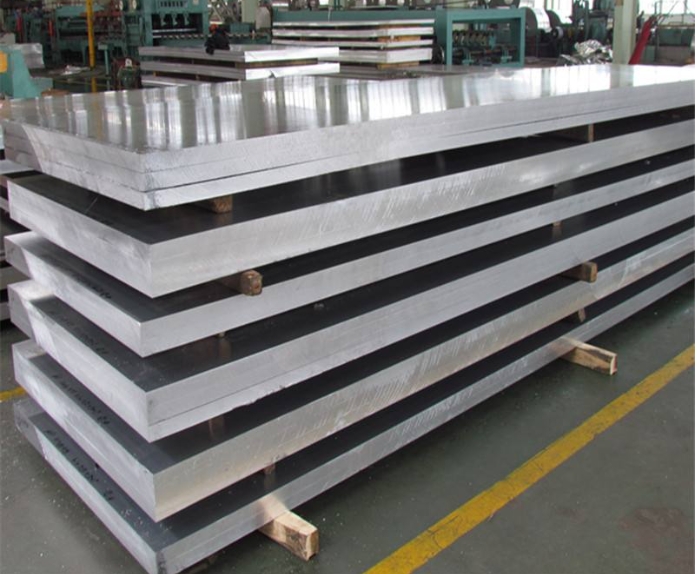Welcome to our professional discussion forum! Today, we are going to talk about stainless steel that is ubiquitous in our daily lives but is often overlooked by us. Stainless steel is called "stainless" because its corrosion resistance is better than other ordinary steels. How is this magical performance achieved? This article will introduce the classification and advantages of stainless steel, as well as the key technologies for CNC processing of stainless steel parts.
Contet
Part One: Performance, types and advantages of stainless steel material
Part Two: Key points to ensure the processing efficiency and quality of stainless steel parts
Part One: Performance, classification and advantages of stainless steel materials
Stainless steel is a common material used in mechanical processing. It has good corrosion resistance, can resist the erosion of chemicals such as acids, alkalis, and salts, and can also maintain good mechanical properties in high-temperature environments.

There are many types of stainless steel materials, the common ones are austenitic stainless steel, ferritic stainless steel, martensitic stainless steel, etc. Austenitic stainless steel is the most common type, including 304 and 316 series. This type of steel has good corrosion resistance, heat resistance, low-temperature strength and mechanical properties, excellent hot processing properties such as stamping and bending, and no heat treatment hardening. Among them, 316L stainless steel is a low-carbon version of 316 stainless steel. Its carbon content is less than or equal to 0.03%, which makes it have better corrosion resistance. In addition, the molybdenum content in 316L stainless steel is also slightly higher than that of 316 stainless steel. Both materials have good high-temperature strength and corrosion resistance, but during the welding process, 316L has better corrosion resistance due to its low carbon content. Therefore, according to actual needs, for example, if high strength does not need to be maintained after welding, you can choose to use 316L stainless steel.
For occasions requiring high strength and wear resistance, martensitic stainless steels such as 410, 414, 416, 416(Se), 420, 431, 440A, 440B and 440C are usually used. Especially when heat treatment is required to adjust mechanical properties, the typical grade is Cr13 type, such as 2Cr13, 3Cr13, etc. This type of stainless steel is magnetic and has good heat treatment properties.

Part Two: Key points to ensure the processing efficiency and quality of stainless steel parts
a. Develop a suitable process route
Determining the appropriate process route is crucial to improving the processing efficiency and quality of stainless steel parts. Good process route design can minimize the empty stroke during processing, thereby reducing processing time and cost. Process route design needs to fully consider the characteristics of the machine tool and the structural characteristics of the workpiece to select the best cutting parameters and tools to improve processing efficiency and quality.
b. Setting of cutting parameters
When formulating cutting parameters, choosing the appropriate cutting amount can optimize tool performance and life. By reasonably arranging cutting depth and feed rate, the generation of built-up edges and scales can be effectively controlled, thereby improving surface quality. In addition, the choice of cutting speed is also very critical. Cutting speed may have a negative impact on tool durability and processing quality.
c. Tool selection and workpiece fixing
The selected tool should have good cutting performance to cope with the high cutting force and high cutting temperature of stainless steel. Adopt effective workpiece fixation methods to avoid vibration and deformation during processing.
GPM’s stainless steel CNC machining service capabilities:
GPM has extensive experience in CNC machining of stainless steel parts. We have worked with customers in many industries, including aerospace, automotive manufacturing, medical equipment, etc., and are committed to providing customers with high-quality, precise machining services. We adopt a strict quality management system to ensure that every part meets customer expectations and standards.
Post time: Nov-03-2023
